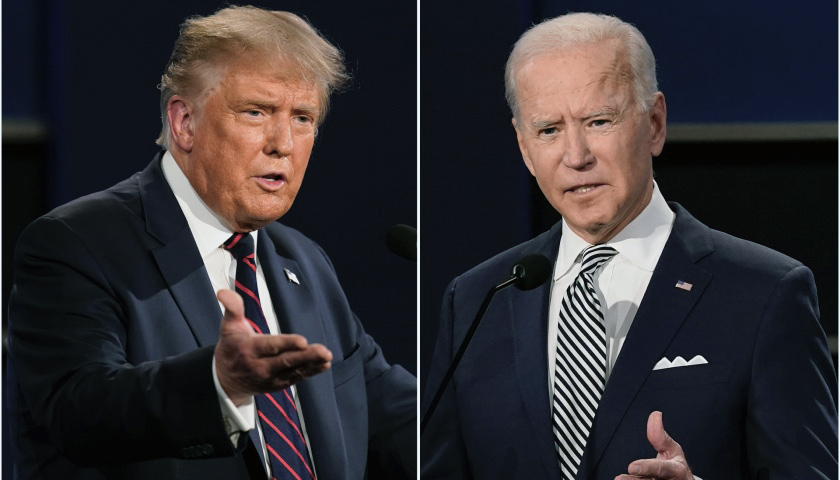by David Bauder
NEW YORK, New York (AP) — From the perspective of late-night joke writers, there’s really only one person running for president.
A staggering 97% of the jokes Stephen Colbert and Jimmy Fallon told about the candidates in September targeted President Donald Trump, a study released Monday found.
That’s 455 jokes about Trump and 14 about Democrat Joe Biden, according to the Center for Media and Public Affairs at George Mason University. That doesn’t even count 64 jokes made about Trump’s family or administration, the study said.
“When Trump’s onstage, everyone else is blacked out,” said Robert Lichter, communication professor at George Mason.
He’s been studying late-night humor and politics since 1992. Republicans are usually targeted more than Democrats by the comedy writers, but the difference has never been this stark. The closest was the 2016 campaign, when Trump was the punchline for 78% of the jokes to Hillary Clinton’s 22%, the center said.
That’s good news if, like Biden, your goal is to essentially make Trump the central issue in the campaign. It may present a real challenge for the comics if Biden defeats Trump in next month’s election, however.
What will they have to poke fun at?
“I think they will find a way to keep making jokes about Trump, even after he leaves office,” Lichter said.
There’s precedent for that. In 2001, late-night comedians made former President Bill Clinton the subject of more jokes than his successor, George W. Bush, Lichter said.
– – –
David Bauder is a reporter for The Associated Press.
About the Headline Photo: This combination of photos shows President Donald Trump, left, and former Vice President Joe Biden during the first presidential debate at Case Western University and Cleveland Clinic, in Cleveland, Ohio on Sept. 29, 2020. A staggering 97 percent of the jokes Stephen Colbert and Jimmy Fallon told about the candidates in September targeted President Donald Trump, a study released Monday found. That’s 455 jokes about Trump, 14 about Democrat Joe Biden, according to the Center for Media and Public Affairs at George Mason University. (AP Photo/Patrick Semansky)




